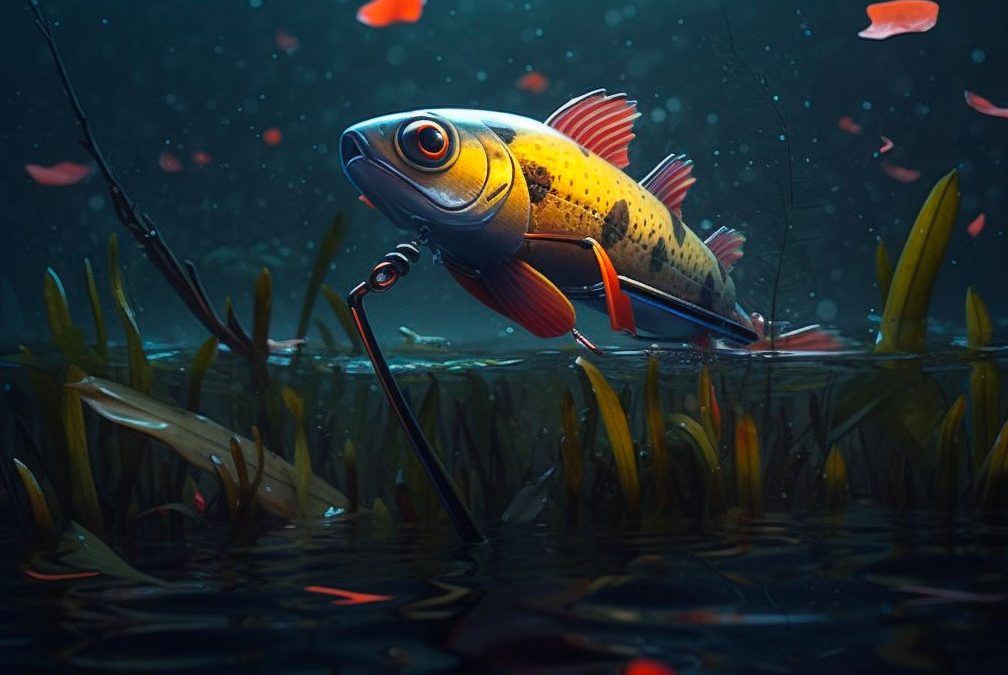Introduction
As a seasoned angler I’ve always enjoyed fishing, especially for bass. I’ve tried various bait and lures over the years, but nothing has captivated my attention more than the Whopper Plopper. It’s a unique fishing technique that has taken the fishing world by storm. From its inception to the way it can help you catch more fish, let me guide you through everything you need to know about the Whopper Plopper fishing technique.
First off, let’s start with the basics. A Whopper Plopper is a topwater bait that is designed to make a lot of noise and disrupt the surface of the water. They were created by Larry Dahlberg, who is a famous angler and has been fishing for over 50 years. The Whopper Plopper is made to replicate a fleeing baitfish, creating a commotion on the water that is irresistible to bass.
Whopper Plopper History
The history of the Whopper Plopper dates back to 2009. Dahlberg wanted to create a lure that would make a lot of noise and commotion on the water to attract more predatory fish. The Whopper Plopper’s unique hydrodynamic design allows it to create a vivid tail rotating action, producing an ever-increasing amount of water displacement and vibration, making it almost too easy to catch fish.
Bass Behavior
Bass behavior plays a critical role while fishing with Whopper Plopper. Bass typically spends the bulk of their time in the water column, but they will hunt creatures in the surface film, making it the perfect place for Whopper Plopper action. Understanding how bass behave at different times of the day and in different environments can help you choose the right color for your Whopper Plopper.
Whopper Plopper Color
The color of the Whopper Plopper will affect the lure’s level of effectiveness, so it’s crucial to pick the perfect one that could blend with the environment and attract the fish’s attention. Generally, colors that mimic shad, bluegill, and frog patterns are successful when looking to bait bass. Selecting the right Whopper Plopper color can make all the difference, as it can help trigger a strike, even from especially passive fish.
Whopper Plopper Sizes
Choosing the correct size of Whopper Plopper is equally essential, as size considerations can influence the casting distance, retrieve speed, and overall action. The Whopper Plopper is available in various sizes, including 90, 110, 130, and even 190. Heavier lures will produce deeper churning, more difficult to catch fish. Still, when you’re targeting smaller fish like largemouth or spotted bass, lighter versions of the Whopper Plopper will suffice. It is also important to consider the weight of the rod with the lure size; going too light or too heavy may significantly affect your fishing success.
Whopper Plopper Techniques
You might think that the Whopper Plopper is simple to use, but there’s more to it than just tying it onto the end of your line. Consider the rod and reel combination; the ideal rod length for fishing using a Whopper Plopper is around seven feet, as it can help you cover enough distance and accuracy while retrieving your catch. The reel should be capable of reeling in your catch when they strike.
When I fish with Whopper Plopper, I start by looking for spots with structure or current and where fish may be lurking. Once I locate a good spot for fishing, I start with a steady retrieve speed, which causes the Whopper Plopper’s tail to wag. Sometimes, sudden jerks or applied pause to the reel can augment the action, making it look irresistible to a predator. Now, here’s where the magic happens: the sound and commotion created from constantly putting the Whopper Plopper into motion will eventually attract the bass’s attention. Once there’s a fish on the line, I use a medium-light drag for most bass species to give the fish enough room to fight while keeping the line taut.
Reading the water is essential to help you understand how fish behave in different areas. Paying attention to the surrounding environment, like where vegetation is highest, or where the sunlight is prominent, can help the angler make a more effective cast. Fishing the Whopper Plopper in areas of low light or flipping the lure alongside structure, can significantly enhance this bait’s effectiveness.
Whopper Plopper Fishing By Season
Let’s start with the coldest season of the year, winter. During the winter months, bass are less active due to the drop in water temperature. However, the right presentation using the Whopper Plopper can still attract them. Remember, during the winter, bass are more lethargic. So you need to slow down your approach and present the lure to them at a more natural pace.
The ideal spots for winter bass fishing are areas with slow-moving shallow water. Bass tend to group in deeper areas of shallow water, such as creek beds, ledges, and rocks. The slow-moving plopping sound of the Whopper Plopper can signal to the bass that prey of a decent size is nearby, and the commotion can trigger a feeding response.
When it comes to the technique, we want to aim for a slow, steady retrieve during the winter months. The Whopper Plopper lure has a blade that produces a sound, so make sure to keep it steady. It’s best to use a lighter weight to get that slow, steady retrieve, but if the water’s deep, go heavier so the Whopper Plopper stays in the strike zone. The ideal size for winter would be a 90 size or smaller Whopper Plopper.
Now let’s move on to pre-spawn season. In this season, bass tend to move towards shallow waters for spawning. But since it’s not yet spawning season, they aren’t necessarily trying to feed, so don’t expect them to jump on the lure immediately.
To attract pre-spawn bass effectively, it’s important to find locations with deeper pockets near shallow flats. Bass tend to gather in deeper areas near shallow flats in the pre-spawn period. Keep in mind that warm water attracts fish, so if there are any nearby sources of warm water, that’s where you want to be.
The ideal Whopper Plopper size for pre-spawn season is in the 130 size range. This can produce a louder sound, which can be more effective in drawing the fish’s attention. Another technique that might work is to start and stop the lure regularly, making it “stutter” in the water. This imitates the movements of the baitfish they are expecting in the pre-spawn period.
When it comes to spawning season, it’s important to start by checking if it’s legal to fish in the area. If it is, great! Now, when you’re fishing during spawning season, you’re dealing with very territorial fish. So we recommend keeping a respectful distance to avoid disturbing them.
The best places to fish are shallow flats where bass like to spawn. These are areas with sufficient vegetation, logs and rock pockets among other features. It’s important to choose your spots carefully as nests can sit anywhere. If you’re fishing an area for bass, and you feel a consistent thud in your rod’s tip, it’s likely that you’ve hooked onto a nest, so it’s better to move on to another spot.
Spawning bass can be very aggressive, so you can retrieve the Whopper Plopper quickly to pique their interest. That said, make sure you don’t drag it through their nests. A smaller size lure, such as the 90 size, might be ideal for this season.
Once we get past the spawning season, we enter post-spawn season. After spawning, bass tend to lose that aggressiveness. So, post-spawn conditions mean that the fish are transitioning into their summertime pattern.
In post-spawn season, there are two kinds of fish — those that have spawned and those that are yet to. An ideal location to fish would be where more active fish hang around. These areas could include drop-offs, creek beds, or rock formations, to name a few. Less active post-spawn fish are nearby their nesting locations, so ensure you don’t fish there.
You might want to use the same size as in pre-spawn season, about 130 or more. Since the spurts of activity are not as pronounced in post-spawn season, it’s better to stick to slow and steady presentations.
Let’s move on to summer season. This season is when the water temperature is highest, so the bass have moved to deeper and cooler waters. Unlike winter and pre-spawn season, summer season fishing for bass with a Whopper Plopper will need a faster approach to entice them.
The ideal location for summer fishing would be near some form of cover. This could be weed lines, rock formations, or creek beds. Remember that bass tend to strike topwater lures pretty quickly, so don’t make too many casts in the same area. Just like the early season, you would need to retrieve the lure slowly in shallow areas. In deeper areas, you want to retrieve it faster to trigger the fish’s hunting instincts and reactions. The ideal size would be 130 or more to produce a louder sound.
Finally, let’s talk about fall season fishing with a Whopper Plopper. This time of year is where bass are getting ready to move out of the shallows and into deeper waters for the winter season.
The best times for fall fishing with a Whopper Plopper are during moments where bass tend to feed aggressively, such as during windy weather. Ideal locations could be areas with the shallow to deep transition, making rock formations or ledges a perfect place to fish.
During fall season, you would want to look at reel speed. A slower retrieve reel speed would produce a gentler plopping sound, which is more desirable for fall fishing. The Whopper Plopper 90 or 110 sizes would be ideal for this season.
Conclusion
Finally, in conclusion, the Whopper Plopper’s very unique design makes it a highly effective lure for top-water fishing of Largemouth Bass, Smallmouth Bass, and even Musky. Make sure to select the right size, color, and hook size for the environment and fish behavior and to understand how to retrieve the lure effectively. The Whopper Plopper is an incredible invention that has taken the fishing world by storm and is a lure that every angler should have in their tackle box. So get out there and enjoy the excitement of catching more fish using the legendary Whopper Plopper!
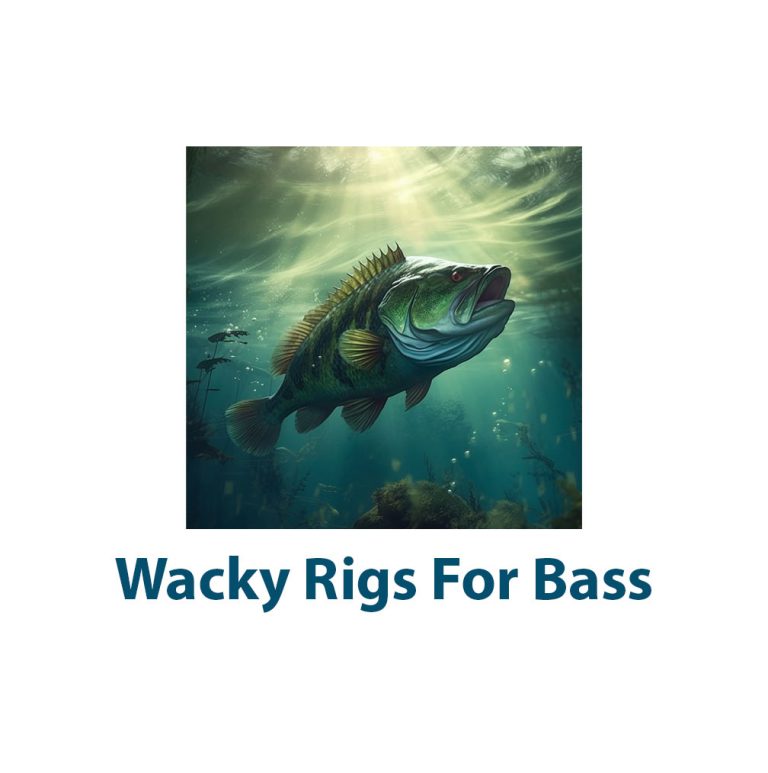
Wacky Rigs For Bass
Introduction If you love fishing, there is nothing more thrilling than landing a big bass. But to achieve this, you need the right gear and technique. Wacky rigs are a great option for bass fishing because they are versatile and effective. They are becoming increasingly popular among avid anglers, but many don’t know how to […]
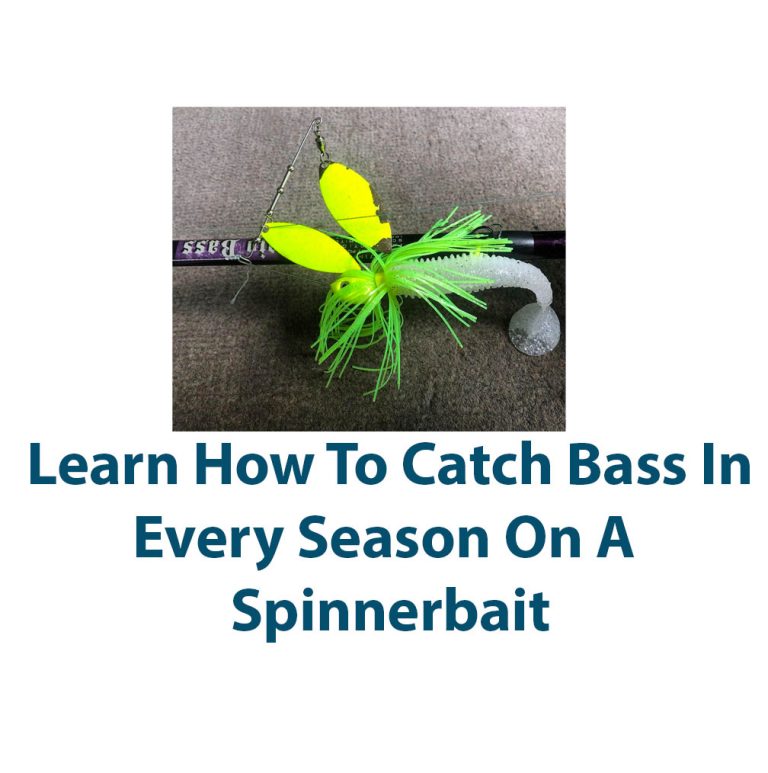
Catch Bass In All Seasons On A Spinnerbait
Introduction Hello and welcome to my tutorial on using spinnerbaits to capture bass throughout the year. I’ve spent countless hours as an avid angler honing my skills and discovering new strategies to capture more fish. Since I can remember, spinnerbaits have been a mainstay in my tackle box, and for good reason. They are adaptable […]
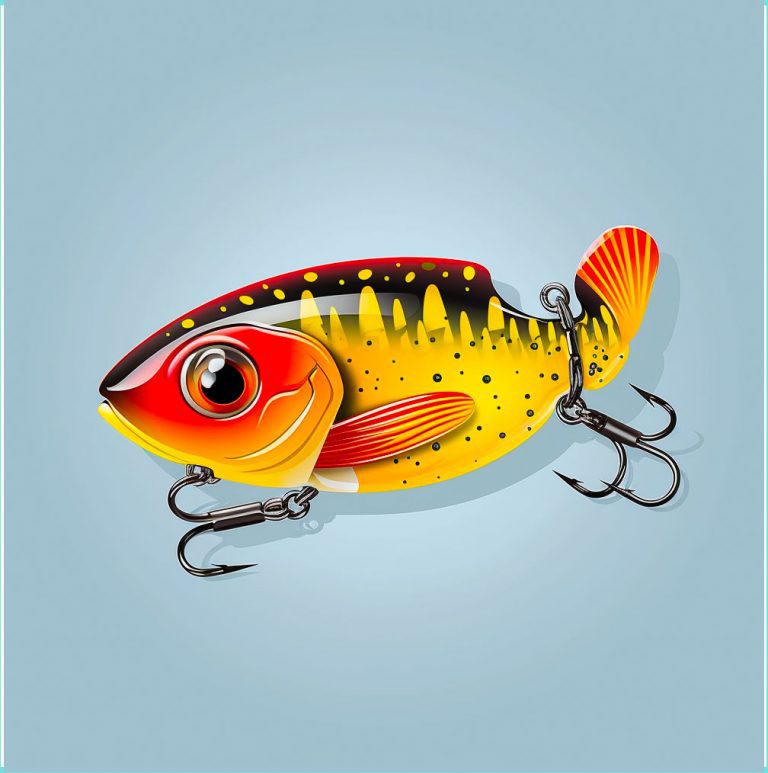
17 Lipless Crankbait Techniques To Load The Boat
Introduction: Lipless crankbaits are a popular type of fishing lure that is versatile and effective in catching a variety of fish species. This article will explore the top 17 lipless crankbait techniques, complete with explanations for each technique, tips for success, and when to use each technique to get the best results. Benefits of Using […]
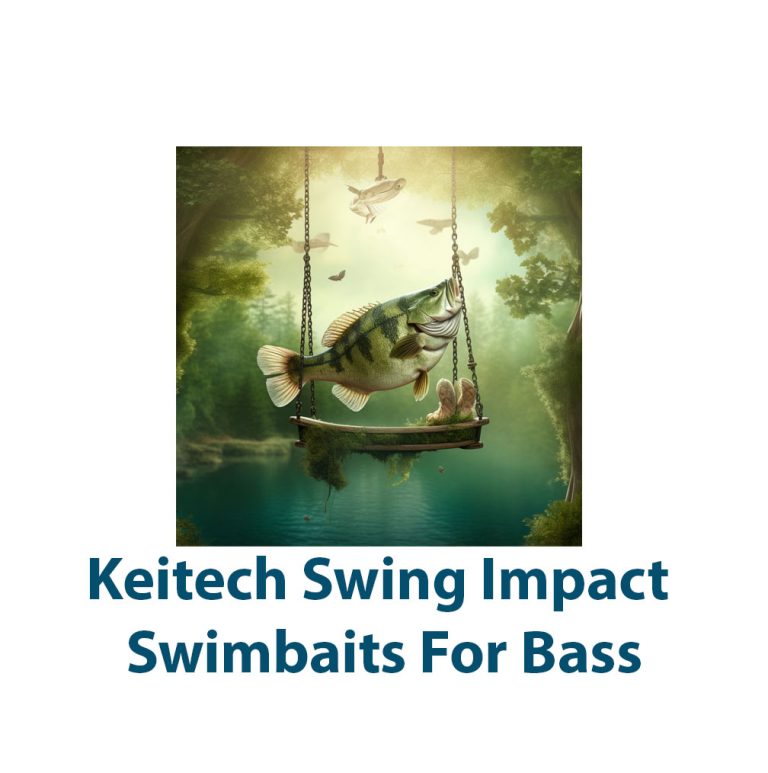
Keitech Swing Impact Swimbaits for Bass
Introduction Hey there anglers! If you’re in the market for some new swimbaits for bass fishing, I highly recommend checking out Keitech Swing Impact Swimbaits. They’re a favorite among many fishermen, including myself, and for good reason. In this article, we’ll dive into the science behind these lures, the different types available, techniques for using […]
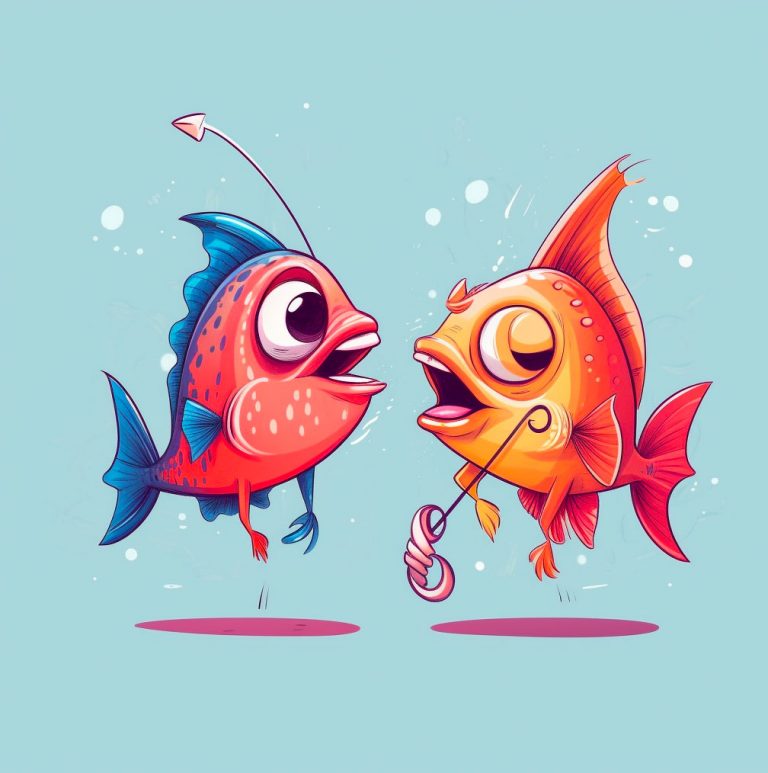
Chatterbait Fishing For Bass
Introduction Using a Chatterbait should be high on your list of options if you’re a fisher seeking for a novel and interesting technique to catch bass. One of the most adaptable and successful lures for bass fishing is the chatterbait. They deliver amazing results and are quite simple to use. I’ll be sharing my advice […]
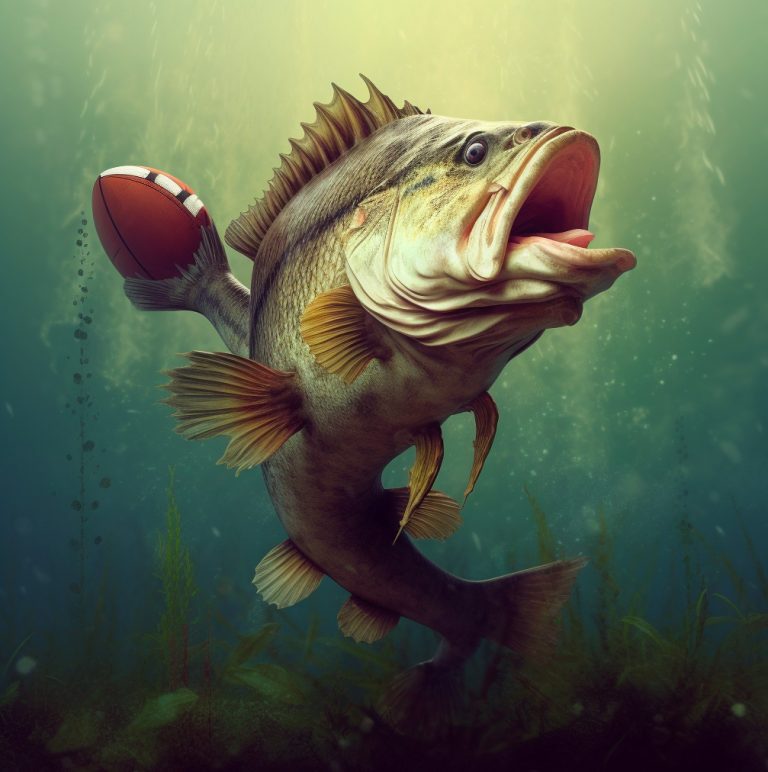
A Guide To Catching Bass On Football Jigs In Every Season
Introduction: Football jigs are a versatile and effective fishing lure that can be used to catch bass all year round. However, different seasons require different approaches when it comes to fishing, and the same is true for football jigs. As an avid angler, I have spent countless hours fishing for bass using football jigs, and […]

